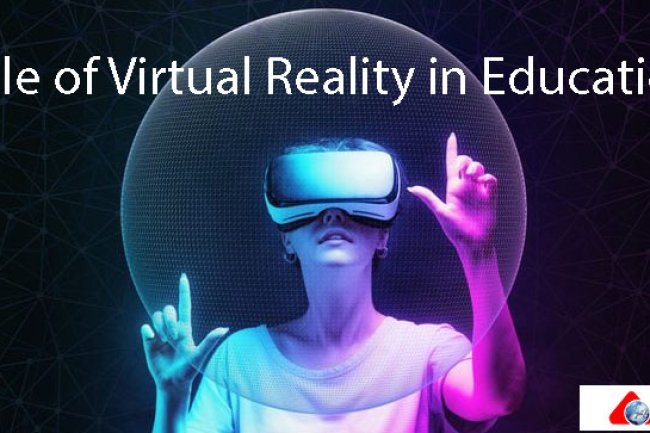Augmented Reality (AR) Technology: Bridging the Gap Between Real and Virtual Worlds

In the rapidly evolving world of technology, one innovation has been captivating both consumers and industries alike - Augmented Reality (AR). AR technology is reshaping how we interact with digital content by seamlessly blending virtual elements into the real world. From enhancing gaming experiences to revolutionizing industries like healthcare, education, and retail, AR has become a powerful tool with boundless potential. In this blog, we will explore the fascinating world of Augmented Reality, its applications, and the impact it has on our lives.
What is Augmented Reality?
AR is a technology that overlays computer-generated content, such as graphics, images, or information, onto the user's view of the physical environment. Unlike Virtual Reality (VR), which immerses users in a completely simulated world, AR augments our real-world experience by adding digital elements. This is usually achieved through devices like smartphones, tablets, smart glasses, and AR headsets, making it more accessible to users.
Applications of AR
1. Gaming and Entertainment:
AR has brought a new dimension to gaming, merging virtual characters and objects with the real environment. Popular games like Pokemon GO introduced millions to the world of AR gaming, encouraging players to explore the real world to find virtual creatures. Moreover, AR enhances entertainment experiences through interactive storytelling, educational games, and interactive museum exhibits.
2. Education:
AR has the potential to transform education by offering immersive and interactive learning experiences. From anatomy lessons that allow students to explore 3D models of the human body to historical reenactments that bring important events to life, AR enriches the learning process and engages students like never before.
3. Healthcare:
In the medical field, AR is aiding surgeons during complex procedures by providing real-time information on patient data and internal anatomy, reducing the risk and improving precision. Additionally, AR is utilized for medical training, helping students practice and refine their skills without putting patients at risk.
4. Retail and Marketing:
AR has opened new possibilities for retail and marketing strategies. Virtual try-on tools allow customers to see how products like clothing, accessories, or even furniture would look on them or in their homes before making a purchase. This personalization improves customer satisfaction and reduces returns, benefiting both businesses and consumers.
5. Navigation and Wayfinding:
AR-powered navigation apps overlay directions and points of interest onto the real world, making it easier for users to find their way in unfamiliar surroundings. This technology is invaluable for tourists exploring new cities or travelers navigating complex transportation systems.
Technological Advancements
AR technology continues to evolve rapidly, thanks to ongoing advancements in hardware and software. Improved sensors, cameras, and processing capabilities have made AR experiences more seamless and responsive. Simultaneously, machine learning and computer vision algorithms enable AR systems to recognize and interact with the physical environment more intelligently.
Challenges and Considerations
While AR presents exciting possibilities, it also faces several challenges. Ensuring user privacy and data security is critical as AR devices collect personal information to provide tailored experiences. Moreover, AR's potential for distraction raises concerns about safety, particularly in situations like driving or crossing busy streets.
The Future of AR
The future of AR holds immense promise. As technology continues to advance, we can expect more lightweight and powerful AR devices that seamlessly integrate into our daily lives. AR will likely impact fields such as architecture, engineering, and remote collaboration, enabling professionals to visualize and interact with virtual models in real-world environments.
Augmented Reality technology has unlocked a realm of possibilities that bridge the gap between the real and virtual worlds. From enhancing gaming experiences to revolutionizing various industries and education, AR's impact is far-reaching and transformative. As we continue to embrace this technology, responsible development, and addressing ethical concerns will be crucial to maximizing its benefits while minimizing potential drawbacks. As AR continues to evolve, it will undoubtedly shape the way we interact with the world, unlocking new opportunities and enhancing our understanding of reality.
What's Your Reaction?















